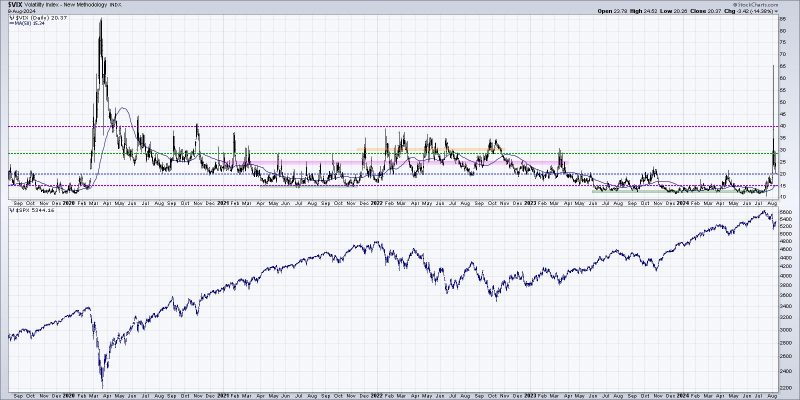Market Sentiment Indicators: Understanding the Bearish Phase
Market sentiment plays a crucial role in determining the direction of financial markets. Investors and traders closely monitor various indicators to gauge the prevailing sentiment and make informed decisions. In the current economic environment, three key market sentiment indicators are pointing towards a bearish phase.
1. Volatility Index (VIX):
The Volatility Index, also known as the VIX or fear index, measures the market’s expectation of volatility over the next 30 days. A high VIX level indicates increased uncertainty and fear among investors, often leading to downward pressure on stock prices. In recent weeks, the VIX has been trending higher, reflecting growing concerns about market stability. Traders are closely watching the VIX to anticipate potential market downturns and adjust their strategies accordingly.
2. Put/Call Ratio:
The Put/Call Ratio is another important sentiment indicator that compares the trading volume of put options to call options. A high put/call ratio suggests that investors are purchasing more put options (bets on market declines) relative to call options (bets on market rises), indicating a prevailing bearish sentiment. Market analysts have observed an uptick in the put/call ratio in recent trading sessions, signaling a shift towards a more pessimistic outlook among market participants.
3. Investor Sentiment Surveys:
Investor sentiment surveys provide valuable insights into the collective mood of market participants. Surveys such as the American Association of Individual Investors (AAII) Sentiment Survey and the Investors Intelligence Sentiment Survey poll investors to gauge their bullish or bearish outlook on the market. Increasingly, these surveys are showing a higher proportion of bearish sentiment, with a growing number of investors expressing concerns about the sustainability of the current market rally. Such sentiment shifts often precede market corrections or downturns, prompting investors to exercise caution and consider adopting defensive strategies.
Overall, these three market sentiment indicators collectively point towards a bearish phase in the financial markets. Investors and traders are advised to closely monitor these indicators and stay informed about evolving market conditions. By paying attention to market sentiment and proactively adjusting their investment strategies, market participants can better navigate volatile market environments and protect their portfolios from potential downside risks.
In conclusion, understanding and interpreting market sentiment indicators are essential skills for anyone actively participating in the financial markets. By staying informed about prevailing sentiment trends and incorporating these insights into their decision-making process, investors can position themselves more effectively to navigate changing market dynamics and optimize their investment outcomes.
